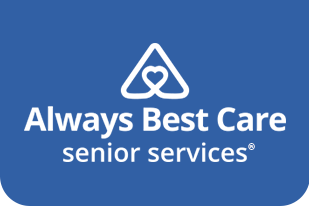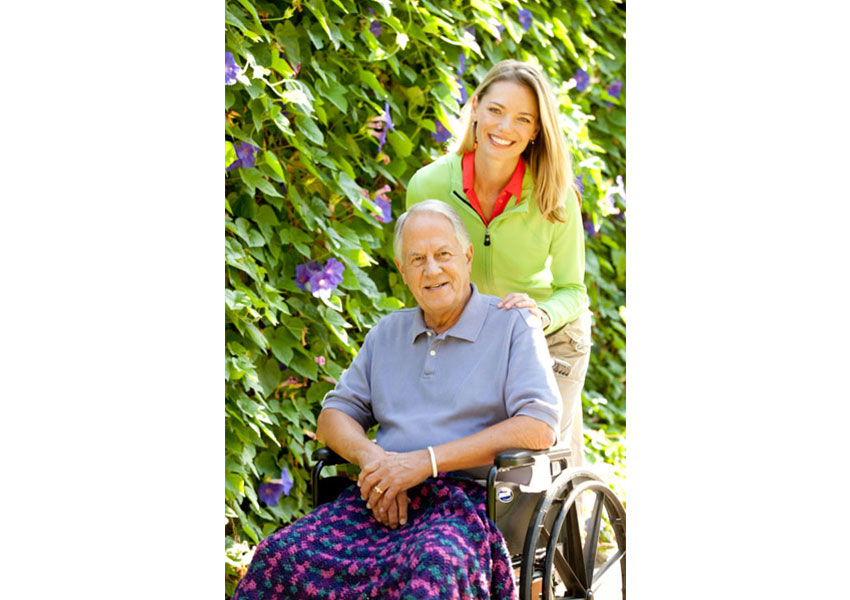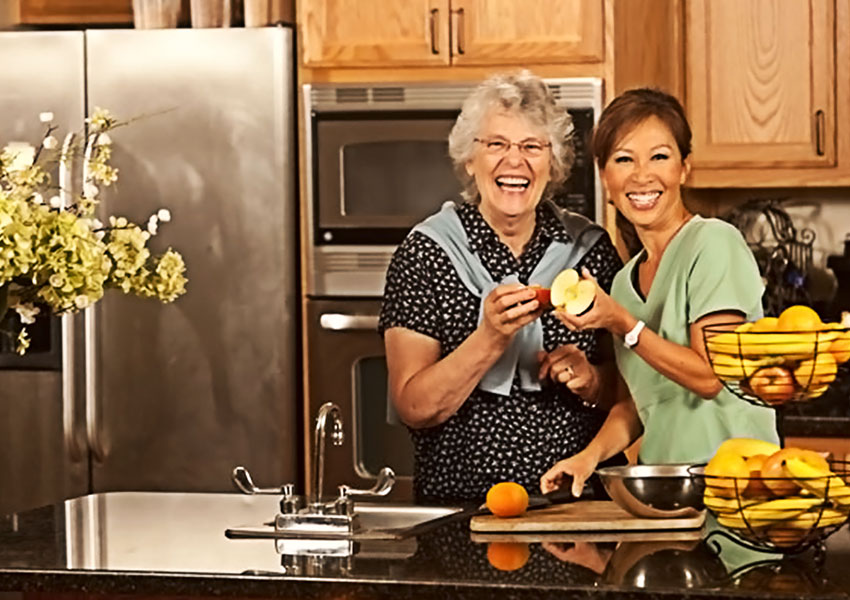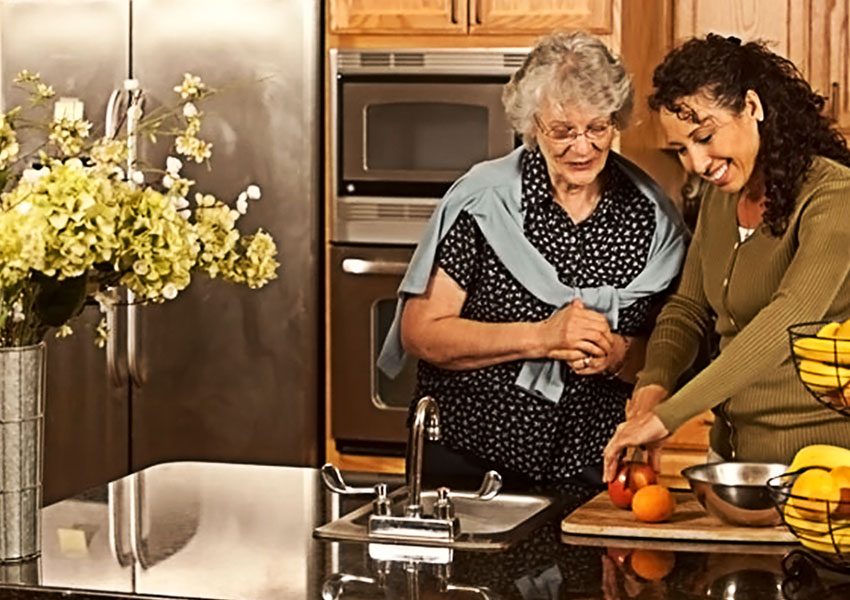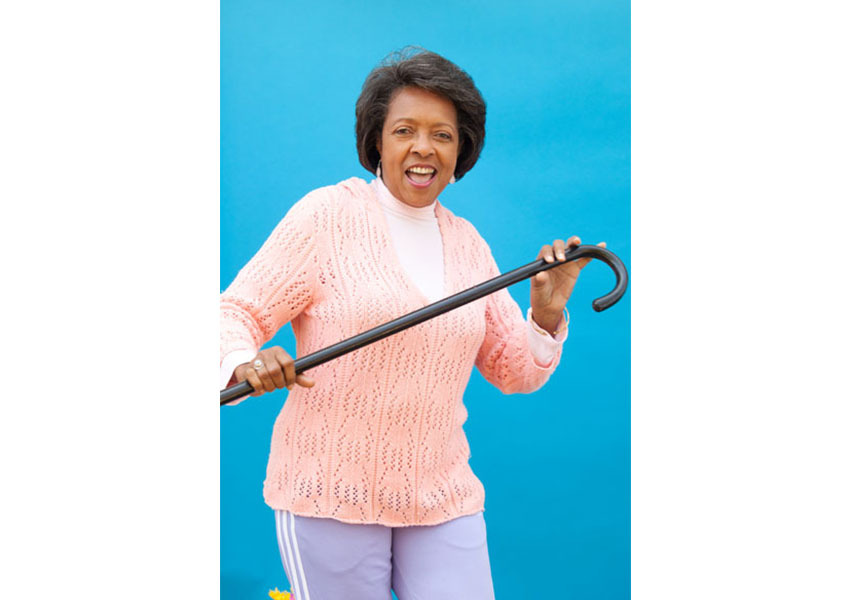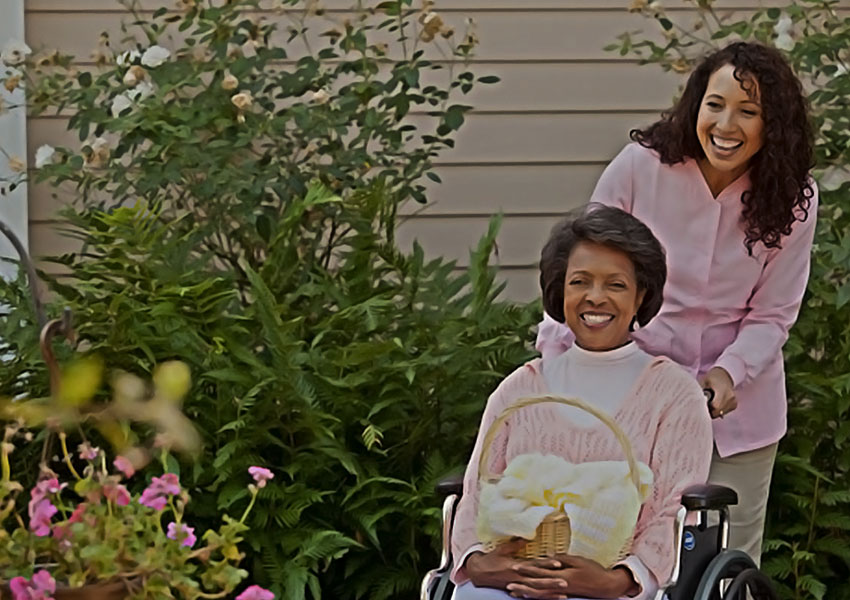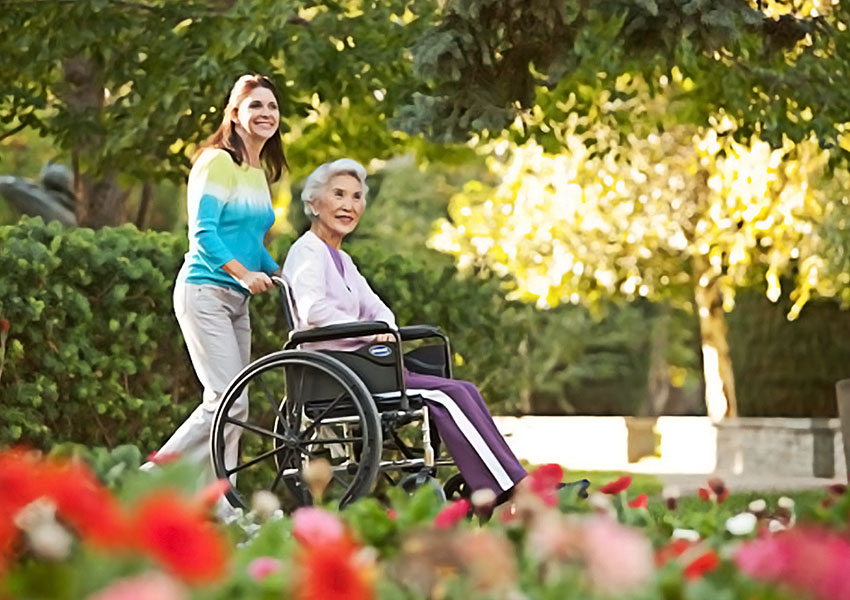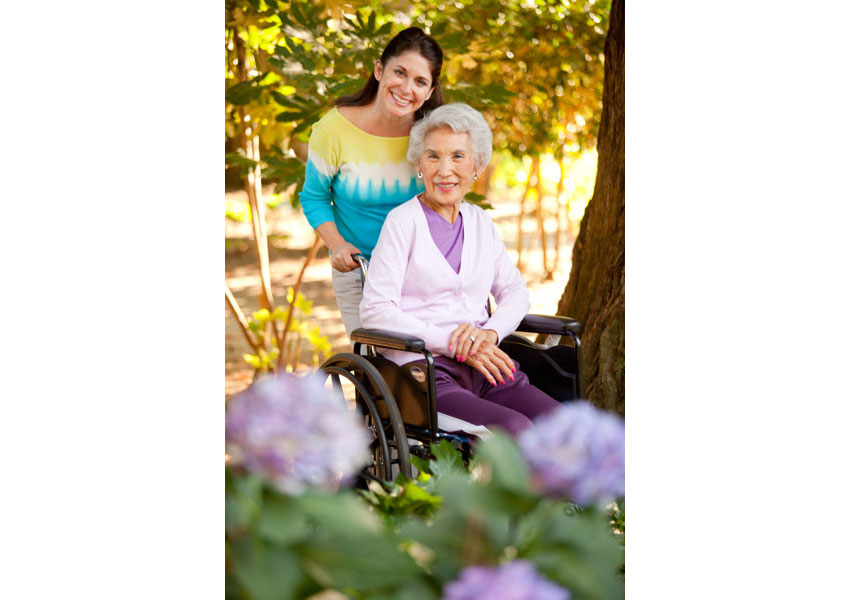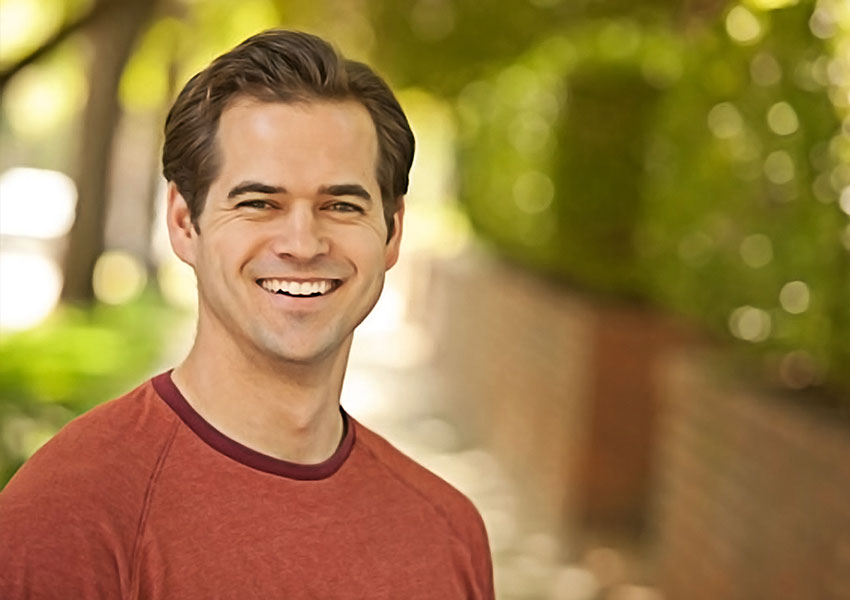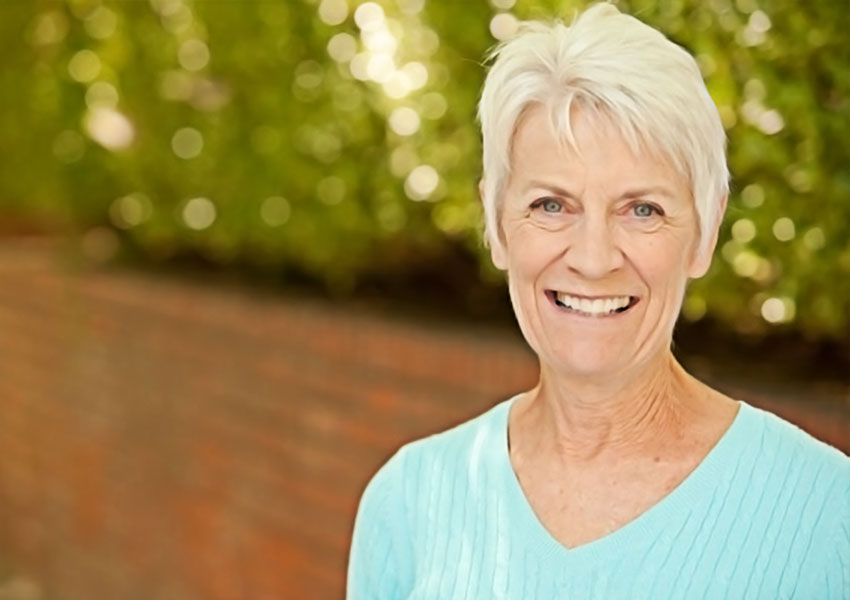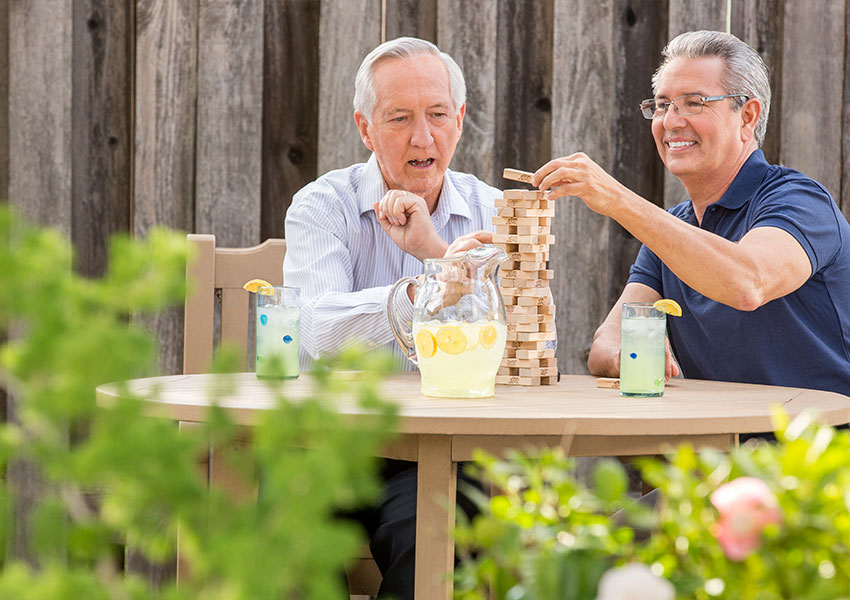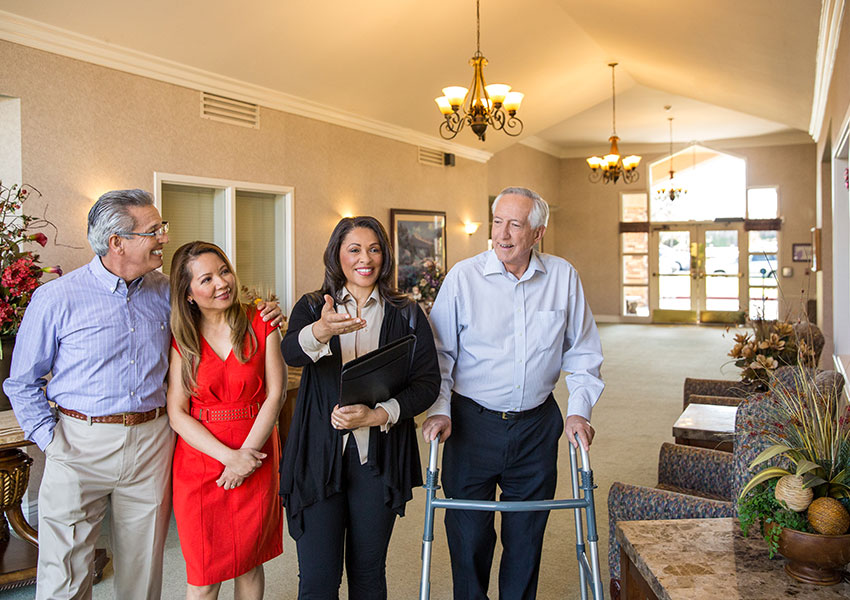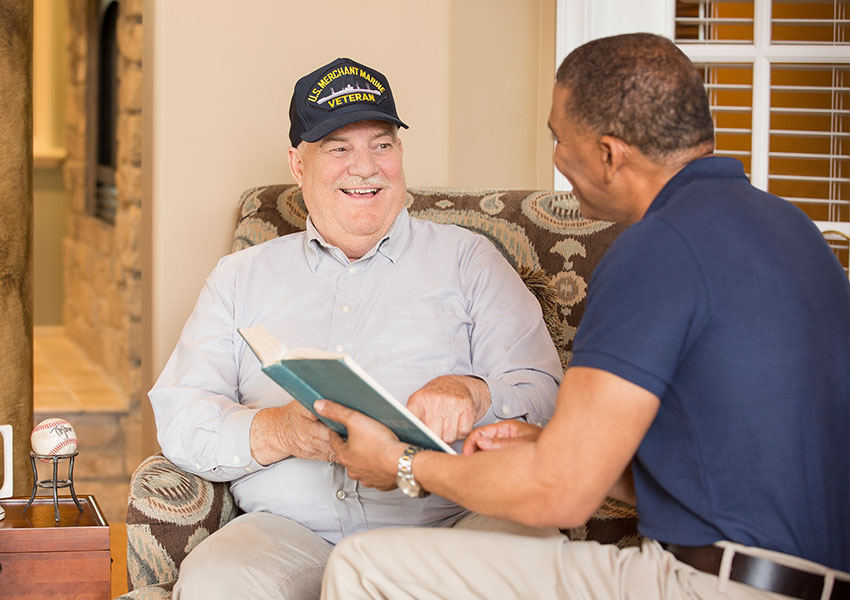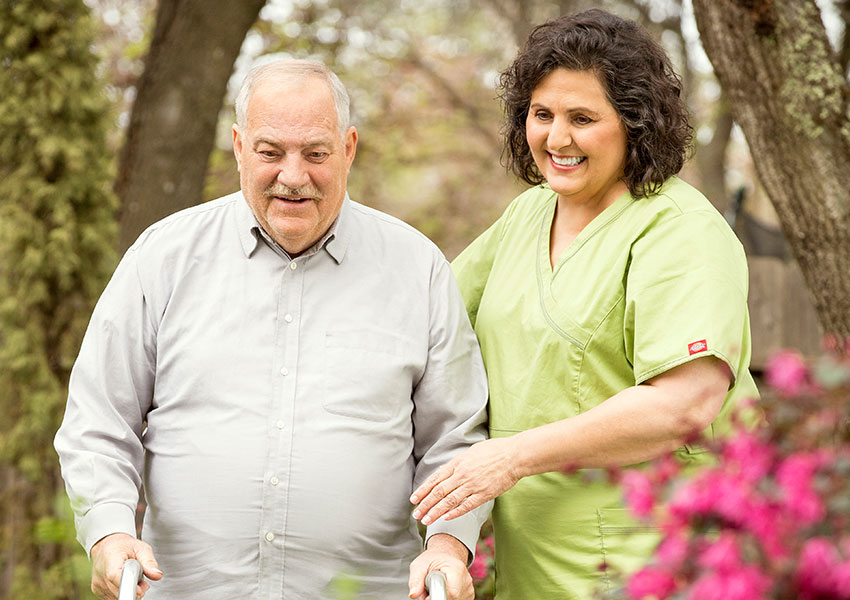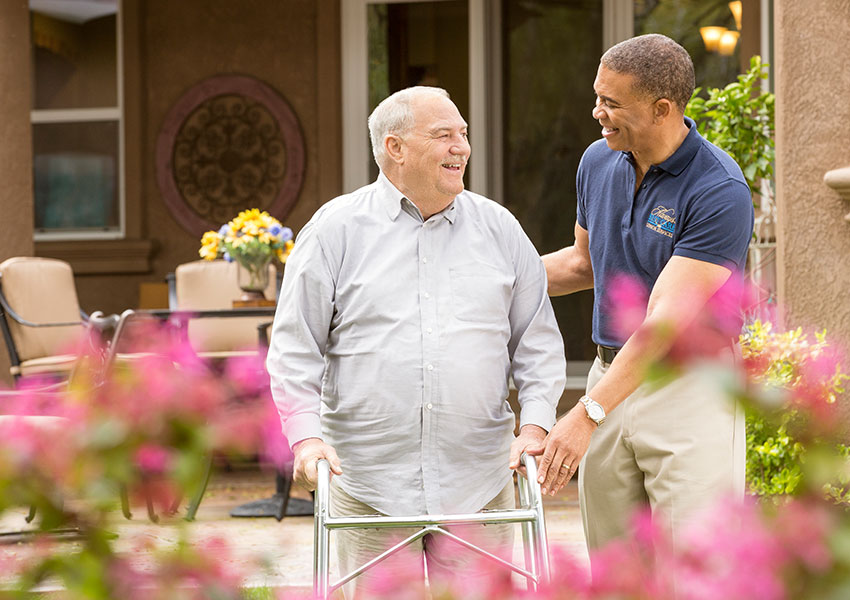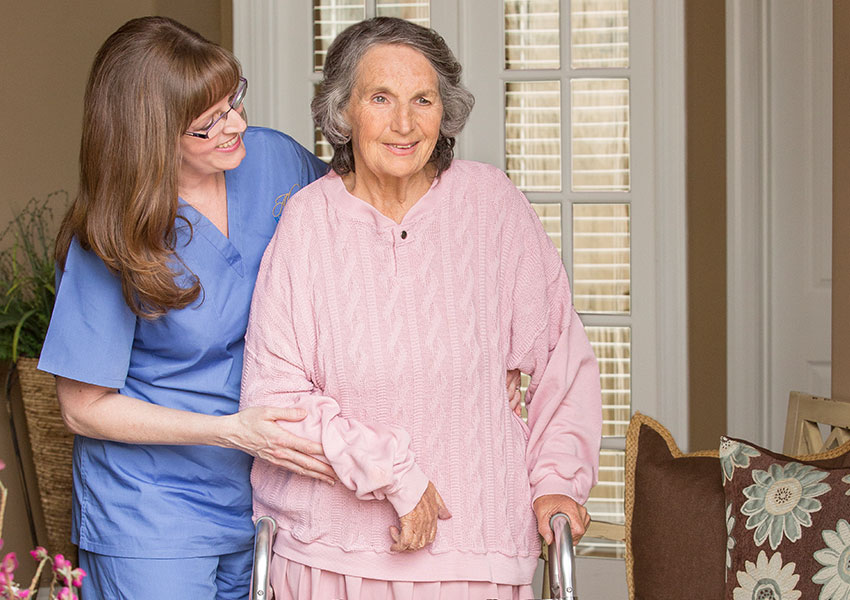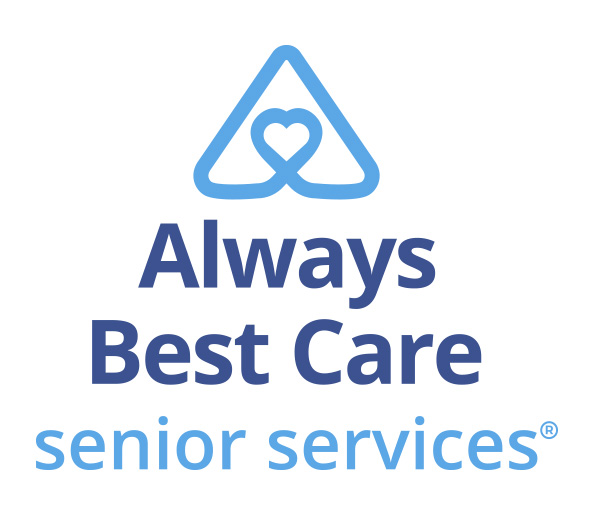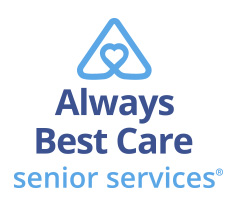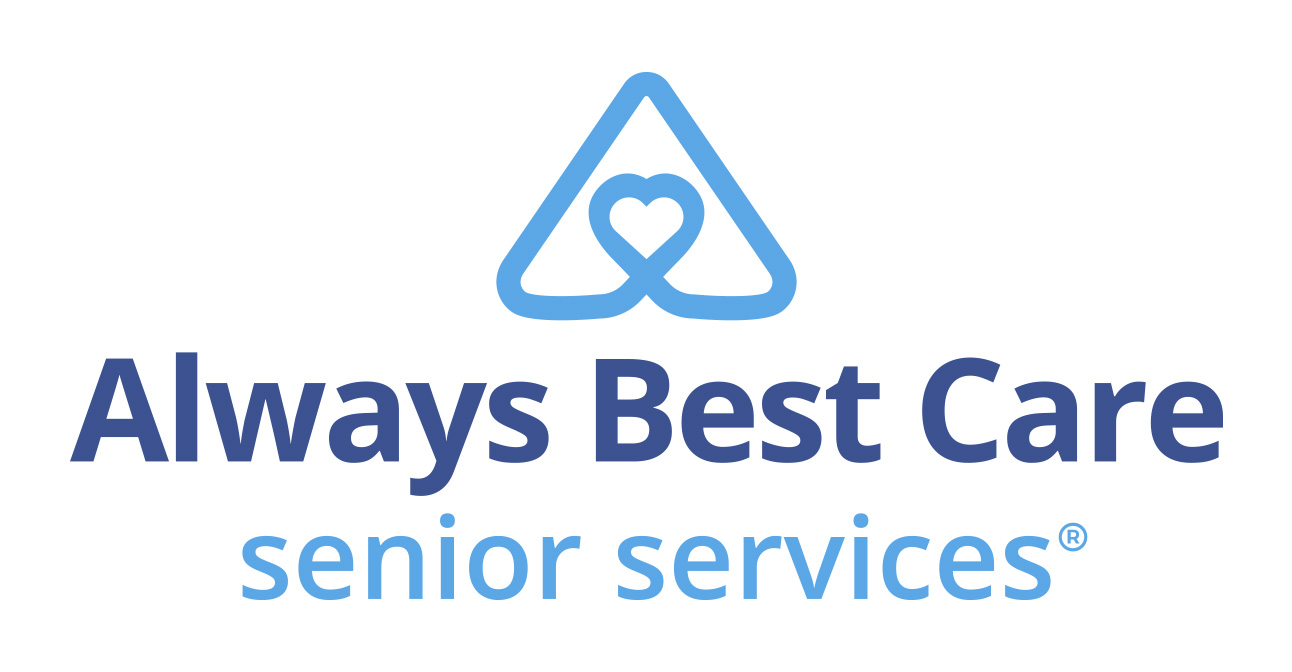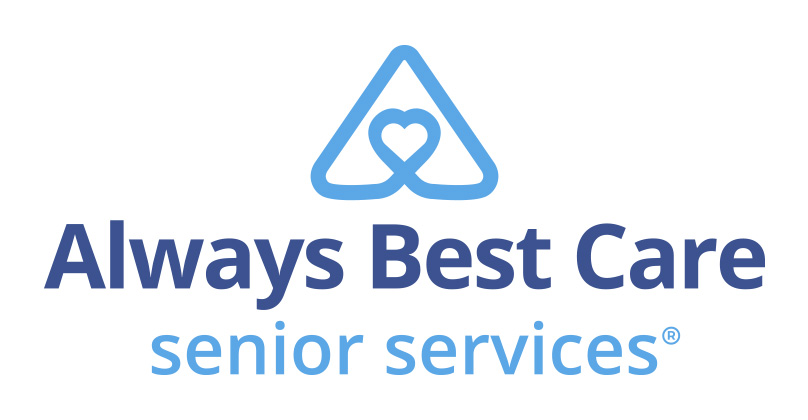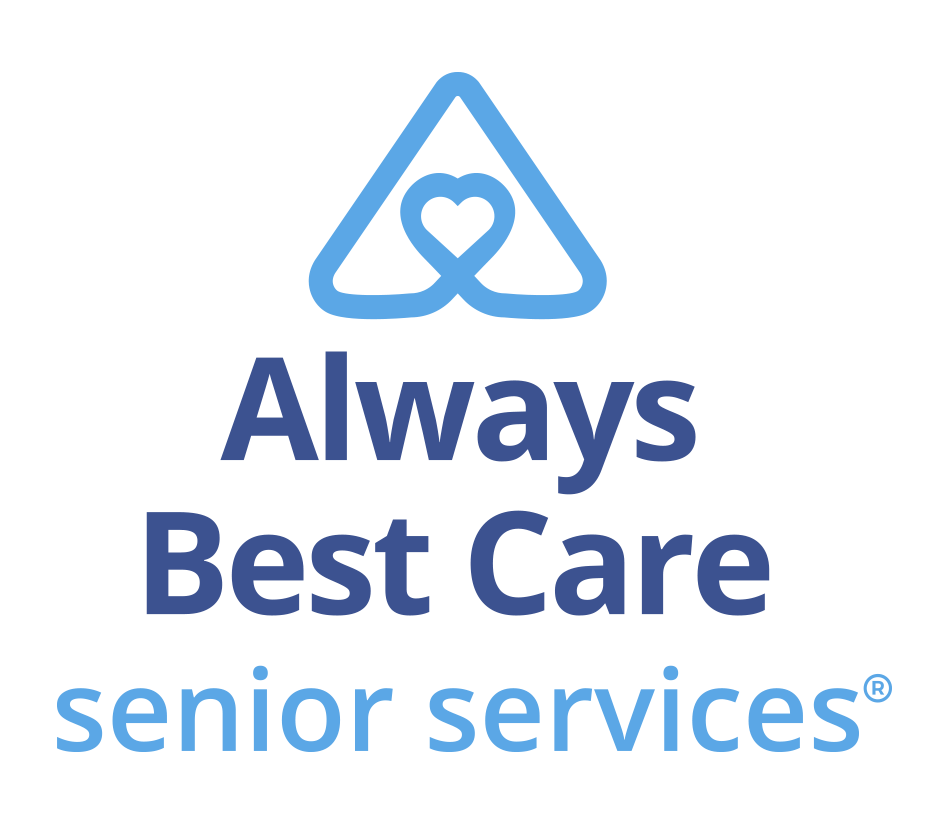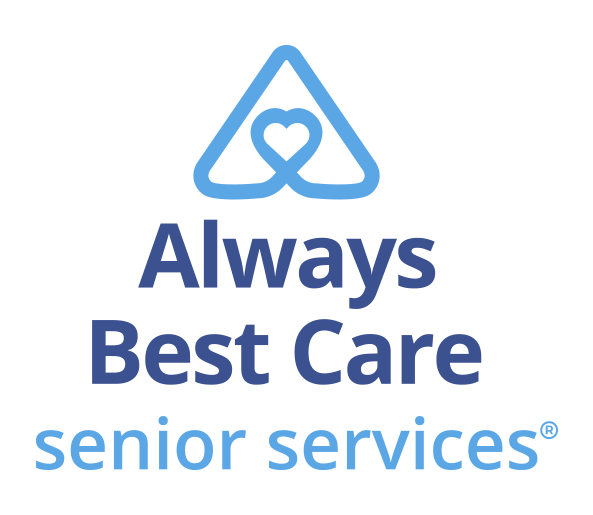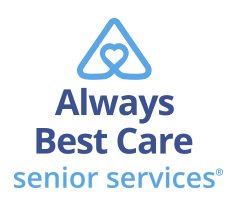Older adults looking for alternatives to traditional senior housing options, such as retirement homes, can enjoy both the independence and involvement that cohousing offers.
Cohousing consists of a community of people who want to live adjacent to each other and participate in activities together while also having their own place to call home. Members share communal property while owning their houses or condos. Cohousing, averaging 20 to 40 units per community, comes in many forms. In multigenerational cohousing, families and residents of all ages, including seniors, inhabit the same communal space. A more recent development is cohousing just for older adults.
Generally, cohousing has a common kitchen, dining area and sitting area that provide a place for members to gather and eat or socialize. The whole development is often built around a central area, such as a park, playground or courtyard, that all can use. (For a more comprehensive description of cohousing, see sidebar.)
Everyone Pitches In
Cohousing is not for those who would rather sit back and have someone else manage their living complex. Collaborative living can be a lot of work, especially when making group decisions. Unless started by a developer, cohousing residents often design their own complex, even choosing the materials, and run the community by consensus. As is inevitable with any group of people, conflict is common—everything from how to allocate members’ dues to where to build the sauna.
Reading the blog of a man who helped start Wolf Creek Lodge, a senior cohousing community in Grass Valley, Calif., you get a sense of the hands-on nature of this process (“Community Building at Wolf Creek Lodge,” Bob Miller, Feb. 17, 2013 Cohousing Association of the United States).
Wolf Creek residents formed cleaning teams that look after common areas such as the patio, stairways, guest rooms, kitchen, dining room and sitting room. A landscaping team created two new vegetable plots and planted a third. Two members built a community compost area. The plan is to share five meals together a week in the community building, prepared by cook teams consisting of two to four members.
Community meetings cover various topics. Members met recently to formulate a policy for letting outside groups use their common dining room, kitchen and living room. A “very informal ‘coffee club’ meets every morning around 8 a.m. to solve worldwide political issues and jeopardize their health with sticky buns and leftover dessert. This is clearly an area with opportunities for improvement,” Miller writes jokingly.
Members designed Wolf Creek Lodge to be environmentally green. The lodge includes passive solar heating and cooling, in-floor radiant heating powered by a common boiler, solar hot water and immediate walking access to trails and stores. In 2012, California Governor Jerry Brown endorsed the concept of cohousing as a more sustainable living environment.
Cohousing Just for Older Adults
Many seniors opt for cohousing because they don’t like living alone, whether in their own homes or retirement centers. With cohousing, you can’t help but be involved; it might be helping to decide if the community should get Wi-Fi or taking your neighbor to the grocery store because she can no longer drive. In a shared space and lacking a staff, residents are more likely to check up on their neighbors and care for each other. At Silver Sage Village, a cohousing unit in Boulder, Colo., residents range in age from 50 to 80, ensuring that the “younger” adults can take care of the older ones.
Different from intergenerational cohousing, many senior communities cater to the needs of older adults. At Wolf Creek Lodge, for example, all homes are single level, have guest rooms for visiting children and grandchildren, are located near two sizable shopping areas, have a reserved suite for a potential caregiver, provide a hot tub rather than a swimming pool and have a low-maintenance environment. The Wolf Creek Lodge blog emphasizes that the “senior communal dining experience will be mature and the living room peaceful, a daylong community environment,” as most members are retired and can expect to be around the common areas for much of the day.
Seniors who want to downsize and save money will find that most cohousing communities can satisfy on both fronts. Cohousing residences are typically 60 percent smaller than an average new American home, occupy 30 percent less land and use 50 to 70 percent less energy for heating and cooling than a resident’s previous home (“In Retiree Housing, Talking About Multigenerations,” March 12, 2013, New York Times). Members can also save money by sharing work or kitchen tools.
Generations Living Together
Not all seniors want to be segregated with other older adults. One woman, 95, chose intergenerational cohousing because “it’s logical to have people of various ages together” and was worried she’d hear too many people “complaining about their complaints” in a senior housing setting.
The arrangement has value for younger residents, too: Children who don’t regularly engage with older folks, perhaps because grandparents live far away, learn what elders have to offer and what the end of life looks like, a valuable lesson in a culture that tends to shunt its older people off to the sidelines.
An agency in Chicago that offers three sites for seniors and younger generations to interact phrases it this way: “Intergenerational living is an innovative concept based upon the idea that the blending of families, students and seniors in social living activities builds a community that enhances our understanding of one another. Our intergenerational homes provide a congenial environment for those who wish to connect and share with other generations on a daily basis.”
Resident assistants (typically college students) at the Chicago intergenerational housing live on-site and assist residents with housekeeping and laundry, as well as sharing creative and social activities with them. “Having opportunities for peer companionship helps eliminate feelings of loneliness and isolation,” according to H.O.M.E. (“Intergenerational Housing,” Housing Opportunities & Maintenance for the Elderly).
In Portland, Ore., a public/private partnership uses intergenerational cohousing to help older adults contribute to society while aiding adoptive families. Bridge Meadows offers families who have adopted three or more children a four-bedroom house at below market rate, which is often difficult to find for large adoptive families. At the same time, the organization provides 27 one- and two-bedroom apartment units for people age 55 or older who meet low-income requirements.
Seniors at Bridge Meadows act as surrogate grandparents and mentors to the children and families who live there. They are required to volunteer at least seven hours per week teaching arts and crafts, giving music lessons, leading story hours or taking the kids to the park (“Intergenerational Ingenuity: Mixing Age Groups in Affordable Housing,” August 28, 2013, Urban Land Institute).
A Few Pertinent Definitions
What Is Cohousing? Cohousing started in Denmark and came to the United States 15 years ago. Certain characteristics distinguish it from other types of collaborative housing:
Participatory process. Future residents design a community that meets their needs, although sometimes developers will start or drive the process, with input from the residents.
Neighborhood design. The physical layout and orientation of the buildings (the site plan) is meant to encourage a sense of community. For example, the private residences are clustered together, with the dwellings typically facing each other across a pedestrian street or courtyard, with cars parked on the periphery. Often, the front doorway of every home affords a view of the community house.
Common facilities. An integral part of the community, common facilities are always supplemental to the private residences. The community house typically includes a common kitchen, dining area, sitting area, children’s playroom and laundry. It may also contain a workshop, library, exercise room, crafts room and/or one or two guest rooms. Because the buildings are clustered, larger sites may retain several acres of undeveloped shared open space.
Resident management. Residents manage their own cohousing communities and perform much of the property maintenance work. They prepare common meals and meet regularly to solve problems and develop community policies.
Non-hierarchical structure and decision-making. Although leadership roles naturally exist in cohousing communities, no one person (or persons) has authority over others. Most groups start with one or two decision-makers. As members join the group, each person takes on roles consistent with their skills, abilities or interests. Most cohousing groups make all of their decisions by consensus.
Adapted from “What is elder or senior cohousing?” from the Cohousing Association of the United States.
Reprinted by Always Best Care Senior Services with permission from Senior Spirit, the newsletter of the Society of Certified Senior Advisors. The Certified Senior Advisor (CSA) program provides the advanced knowledge and practical tools to serve seniors at the highest level possible while providing recipients a powerful credential that increases their competitive advantage over other professionals. The CSA works closely withAlways Best Care Senior Servicesto help ABC business owners understand how to build effective relationships with seniors based on a broad-based knowledge of the health, social and financial issues that are important to seniors, and the dynamics of how these factors work together in seniors’ lives. To be a Certified Senior Advisor (CSA) means one willingly accepts and vigilantly upholds the standards in the CSA Code of Professional Responsibility. These standards define the behavior that we owe to seniors, to ourselves, and to our fellow CSAs. The reputation built over the years by the hard work and high standards of CSAs flows to everyone who adds the designation to their name.
Always Best Care Senior Services®
Founded in 1996, Always Best Care Senior Services is based on the belief that having the right people for the right level of care means peace of mind for the client and family. Always Best Care assists seniors with a wide range of illnesses and personal needs, and currently provides more than 3 million hours of care every year. Franchise opportunities are available to individuals interested in leveraging the company’s clear strategy and proven track record for delivering affordable, dependable service to seniors in their local areas.
By working with case managers, social workers, discharge planners, doctors, and families, Always Best Care franchise owners provide affordable, comprehensive solutions that can be specifically matched to meet a client’s particular physical or social needs. The hallmark services of the Always Best Care business portfolio include non-medical in-home care and assisted living finder and referral services, with skilled home health care now being phased in throughout the country. For more information, visitwww.AlwaysBestCare.com. For franchise opportunities, visitwww.FranchiseWithAlwaysBestCare.com
Always Best Care also offers Always in Touch, a telephone reassurance program that provides a daily phone call to seniors and disabled adults who are living alone and have limited contact with the outside world. Always in Touch is the only absolutely free national telephone reassurance program of its kind anywhere in the USA and Canada. For more information on Always in Touch, or to request an application, visit www.Always-in-Touch.com
Another special program from Always Best Care is Always on Call –provided free to Always Best Care clients and their families with a minimum of 5 hours of monthly care. Families will have anytime access to physicians 24/7 if they’re considering ER or urgent care for non-emergency issues, if they need a non-narcotic prescription or refill, if they can’t take time off from work or school, if they’re traveling and need medical care, if their primary physician is not available, or if they have a sick child, spouse or elderly parent. This special service is provided to Always Best Care clients and their families by 24HourMDNow, an independent company not affiliated with Always Best Care.
May, 2014
To print this article CLICK HERE
